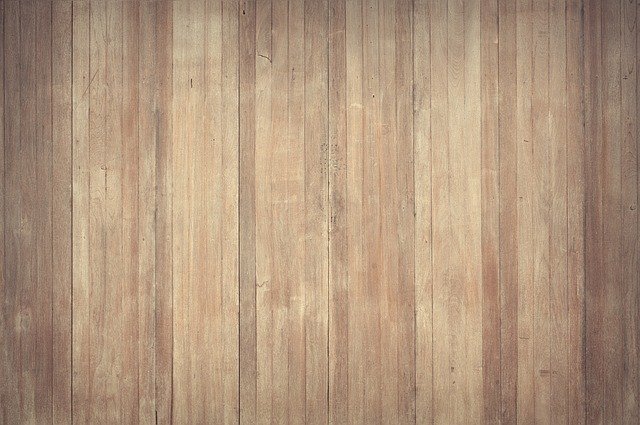Floor joists are supposed to provide the floor with enough support and strength that it lasts longer than its life expectancy. It seems like a bridge that is connected with the floor at each end. It also serves the purpose of protecting the material, improving the indoor air quality, and ensuring fire safety.
There are multiple types of floor joists available in the market. However, you must be aware of each one of them to be able to choose the best option for your home or commercial property.

Here are a few most common types of floor joists mentioned with their characteristics.
Natural Lumber
Natural lumber is the type of floor joist that is obtained from trees. It comes in its pure and solid form so the life expectancy of natural lumber is more than most of the other types.
Engineered Lumber
It consists of thin strips of woods which are glued together in a specific direction. It is lighter but stronger than natural lumber. It further has three types of joists i.e. I-joists, open web trusses, and hybrid which are being used frequently worldwide.
I-joists
I-Joists are less expensive and can be adjusted to any length without the approval of an engineer. However, the lifespan of I-joists is quite less as compared to other types.
Open Web Trusses
Open web trusses are a more suitable option for complex construction. It has longer lifespans than I-joists and other options. It has greater flexibility as well which makes the installation process easier and smoother. Moreover, it has both money and time-saving characteristics which make it a popular choice. However, there are certain limitations of open web trusses. For instance, it cannot be trimmed and it has specific lengths. You will need the approval of an engineer to adjust its length. Otherwise, you might even have to replace it. As a result, your home improvement project would face the delay which can further add to the total cost.
Hybrid type
There are certain disadvantages of both I-joists and open web trusses. But if you want to enjoy the combined benefits of both types, you can choose a hybrid type joist which is gaining popularity because of its huge number of benefits.
-
HY Joists
HY joists require less timber to last as long as any other type of floor joist will. It is also lighter and allows services like cooling and heating ducts to run parallel with it.
-
I-Beam Joists
Steel I-beam joists resemble with wood I-joists. It consists of a piece of plywood between its top and bottom flange. The load-carrying capacity of I-beam joists is better than solid joists. Also, it is less likely that I-beam Joists are going to shrink, twist, or bow during the installation process. So, you can use it easily to get an open layout for your home. However, you should always take help from a professional expert who knows how to do this job effectively. It will help reduce both risk factors and frustration.
